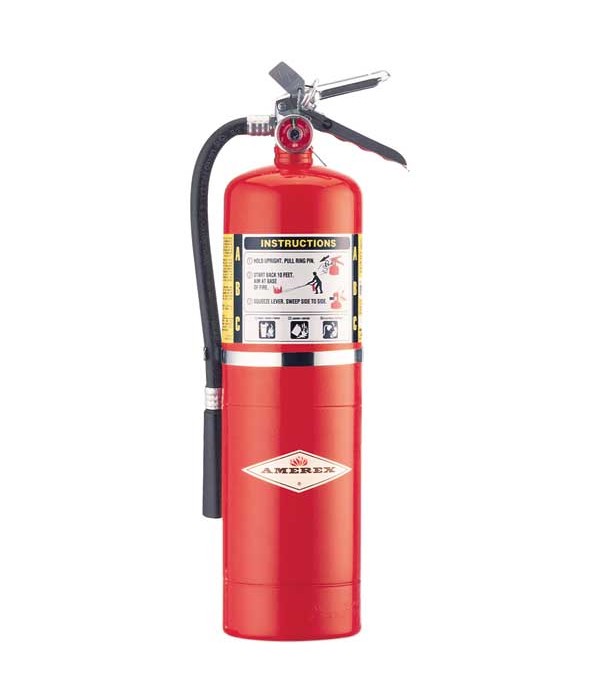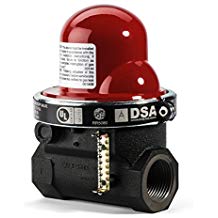Pure water is perfectly stable. Safe drinking water is about the contaminants. If the water is not contaminated to begin with, and sealed in a clean, non-contaminated environment, and so long as there are no contaminants that enter the environment, it will theoretically be safe forever. There are two types of contaminants to worry about, chemicals and germs. Water that has been contaminated with chemicals should be avoided. Water contaminated with germs, such as algae and bacteria, can be sanitized.
How much water do you need? The basic calculation is that every person needs 1 gallon of drinking water per day, and 1 gallon of water per day for personal hygiene. Water used for personal hygiene does not need to meet the same purity standards as drinking water. In an emergency, the normal sources of drinking water may become unavailable due to broken pipes or contamination. It will then be necessary to rely on alternate sources of clean water.
Clean water can be stored. It must be done carefully, by storing sanitized water in a stable, sanitized, and sealed container. Stored water should contain at least 1 ppm (part per million) of chlorine, which is what comes out of the tap in most places. You can safely drink water with up to 4 ppm of chlorine. Your pool is typically kept between 3 and 5 ppm of chlorine. But don’t rely on pool water to stay fresh for more than a few days, if the chlorination system has stopped working. Chlorine breaks down easily in the sun, and algae will begin to grow in even the cleanest pool after several days. Here are some links to more information about storing water safely.
https://www.skilledsurvival.com/water-storage
https://extension.psu.edu/how-to-store-water-for-drinking-or-cooking
https://modernsurvivalblog.com/preps/drinking-swimming-pool-water-in-an-emergency
Water can be purified for drinking, if it has not been contaminated with chemicals. In other words, you can make scummy, algae-filled water safe to drink fairly easily. But if gasoline or some other substance has spilled in the water, it cannot be made drinkable. These are very general guidelines. Experts in water purity will tell you that there are many exceptions, and many ways to clean up contaminated water.
Water can be sanitized in a number of ways. Starting with non-toxic but perhaps germ-laden water, we can filter it, boil it, or chemically treat it to remove infectious hazards.
Boiling is one of the best ways to sanitize water. If it’s cloudy, let it settle, or pour it through a coffee filter or some tight towels. Then bring the water to a rolling boil for at least a minute. This will not only kill anything growing in the water, it will also drive most of the chlorine out of even highly chlorinated pool water.
Filtering can be accomplished with easily available systems. They can produce many gallons of water. But the larger systems also require maintenance and regular inspection. A failed filtering system is no filtering system at all. Another option is the Life Straw, a product available online. It is a small, handheld device. You stick one end in the dirty water, and drink filtered water out of the other end. One Life Straw costs about $20, and filters about 250 gallons of acceptable drinking water.
Chemical treatment is accomplished by introducing chlorine, bromine, or iodine into the water, killing bacteria and algae. It works the same way that chlorination keeps tap water clean, or Pool Shock keeps pool water sanitized.
Common bleach or “pool shock” can be used to sanitize drinking water. However, the recipe is a little different. Bromine and iodine have their own “special problems.” Bromine is hard to find in a quick-release formula. And iodine can cause additional health concerns for some people with thyroid conditions. Bleach comes as a liquid, and should be kept fresh yearly. Bleach will lose its strength by 20% to 50% per year when stored. Pool Shock comes as a granular solid, and will stay fresh for many years. Bleach is sodium hypochlorite, and Pool Shock is calcium hypochlorite.
WARNING: Chemical sanitation is done by introducing toxic chemicals. You should understand their use before attempting to prepare chemically purified water. There is a lot of variation in the advice given for chemical purification. The chemicals you buy may come in various concentrations, and may degrade at various rates over time. Know how to use these chemicals, and especially how to remove their residues before drinking. Some time spent learning about these methods can enable you to use them safely.
Here are some useful resources for cleaning water.
EPA Water Purification PDF
FEMA Water Purification PDF
WHO Water Purification PDF
https://www.epa.gov/ground-water-and-drinking-water/emergency-disinfection-drinking-water
https://www.doh.wa.gov/Emergencies/BePreparedBeSafe/SevereWeatherandNaturalDisasters/WaterPurification
https://www.primalsurvivor.net/purify-water-bleach
http://survivaltopics.com/better-than-bleach-use-calcium-hypochlorite-to-disinfect-water
Here is a one-page PDF guide on using chlorine to purify water. You can print and keep with your bleach or other chlorine treatment supplies.
Water Purification Using Chlorine
Here’s a tip: To remove excess chlorine, and improve the taste, you can pour the water back and forth between a couple of clean containers several times, aerating it. If you have vitamin C tablets (ascorbic acid), you can use them to remove all free chlorine from treated water. Crush the tablets and add a little to the water. A 1-gram tablet will clear up at least 10 gallons of water. Mix well. Free chorine will be gone in just a few seconds. This also works for iodine and bromine treated water.
Another tip: After the water has been allowed to sit for 30 minutes with the sanitizing chemical in it, you should still be able to smell a little of the chemical. If not, re-sanitize it. If you still cannot smell the sanitizer, the water is not drinkable, and you should find another source. To get rid of the residual chlorine, bromine, or iodine, pour the water from one clean container to another vigorously enough to aerate it thoroughly, until you cannot smell the sanitizer any longer. To be absolutely certain, you should use chemical test strips to measure the amount still in the water. Store the test strips where they will stay dry and cool. Remember, chlorine below 4 parts-per-million is safe to drink. Lower is better.

 The question is, should you turn your dry chemical fire extinguisher over and tap it to make sure the powder doesn’t get compacted? We found out that the answer is definitely NO. It’s one of those things we all considered “common knowledge,” but it turned out to be a myth. Well, it’s pretty new information in our community, so we wanted to put together all the background information we could find. And again, bottom line, NO, do not turn your fire extinguishers over or tap them with a mallet as part of your maintenance. DO inspect them regularly, and take them to a service shop if you notice any damage.
The question is, should you turn your dry chemical fire extinguisher over and tap it to make sure the powder doesn’t get compacted? We found out that the answer is definitely NO. It’s one of those things we all considered “common knowledge,” but it turned out to be a myth. Well, it’s pretty new information in our community, so we wanted to put together all the background information we could find. And again, bottom line, NO, do not turn your fire extinguishers over or tap them with a mallet as part of your maintenance. DO inspect them regularly, and take them to a service shop if you notice any damage.